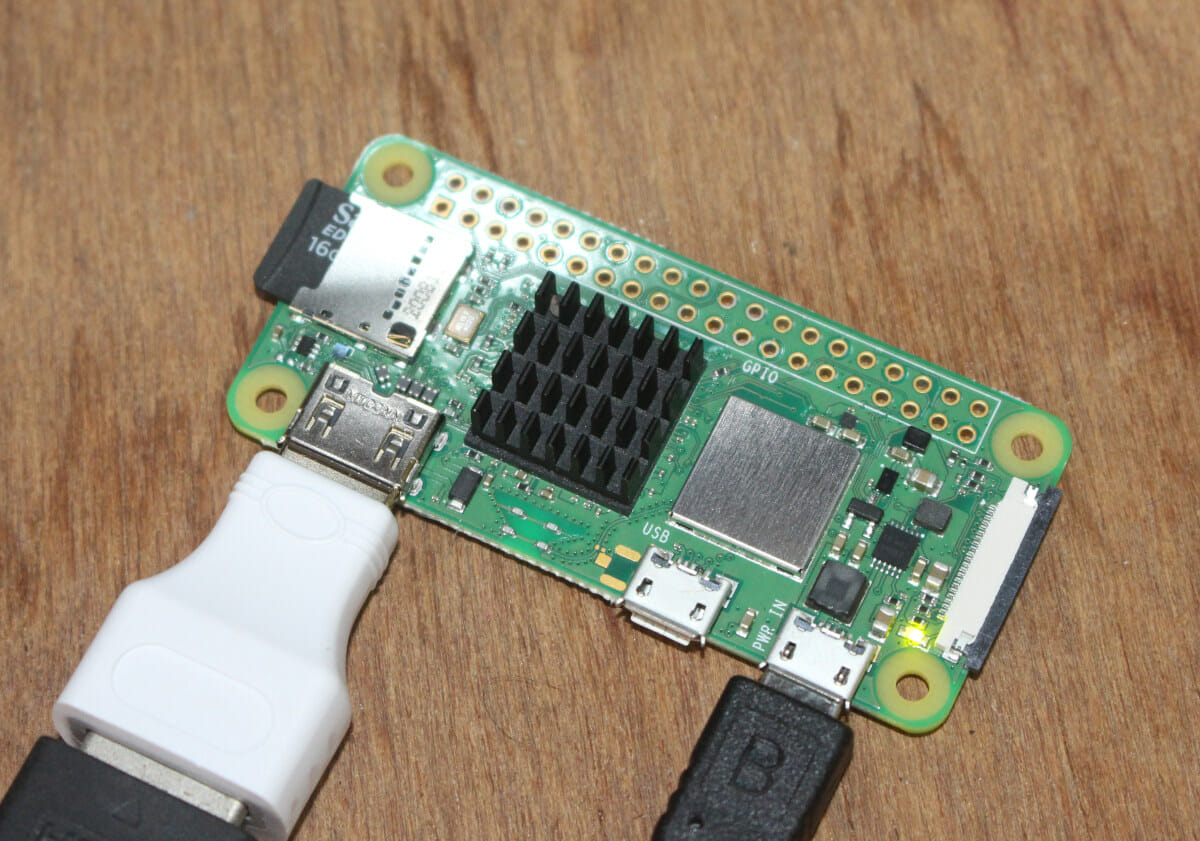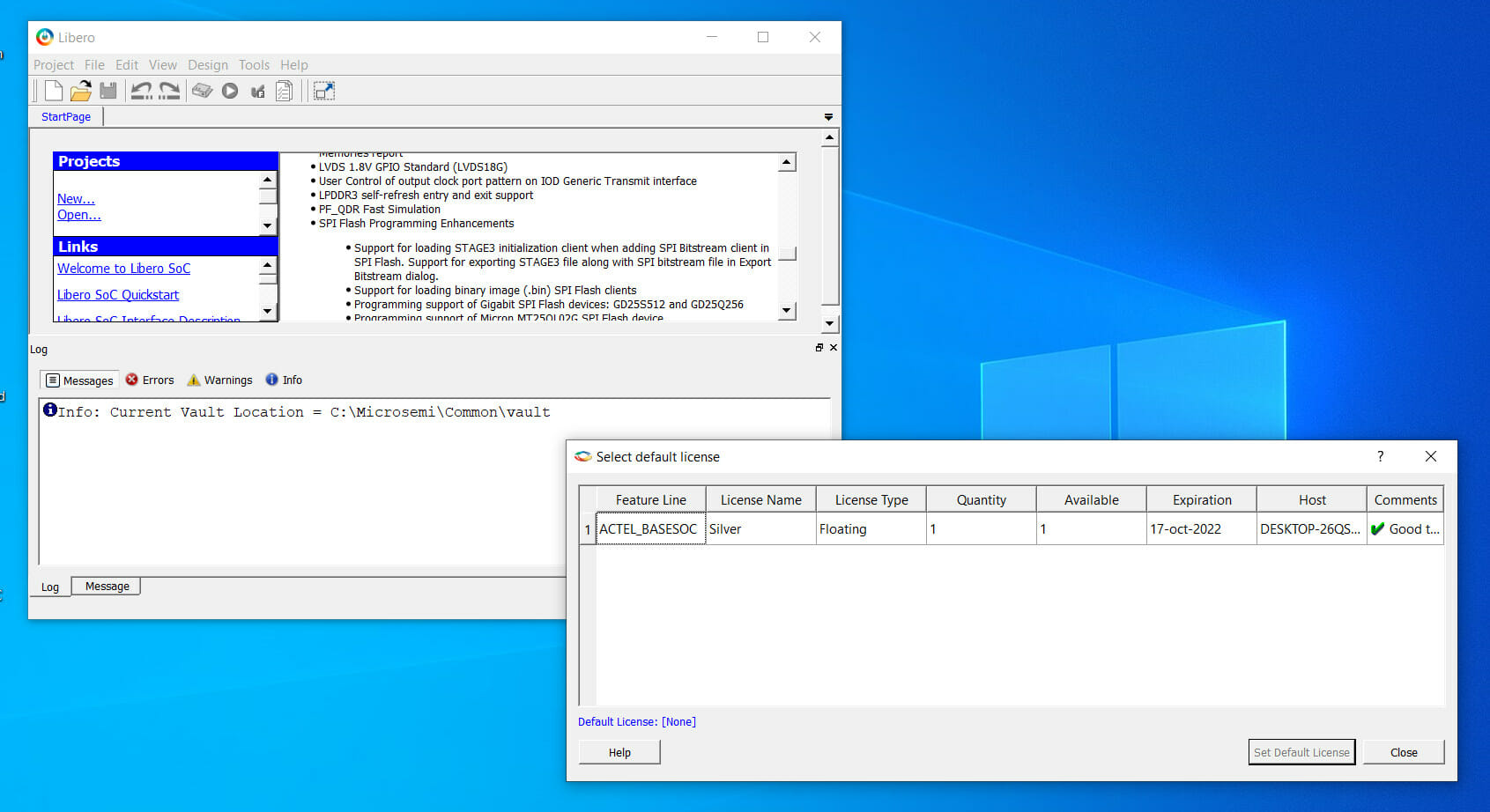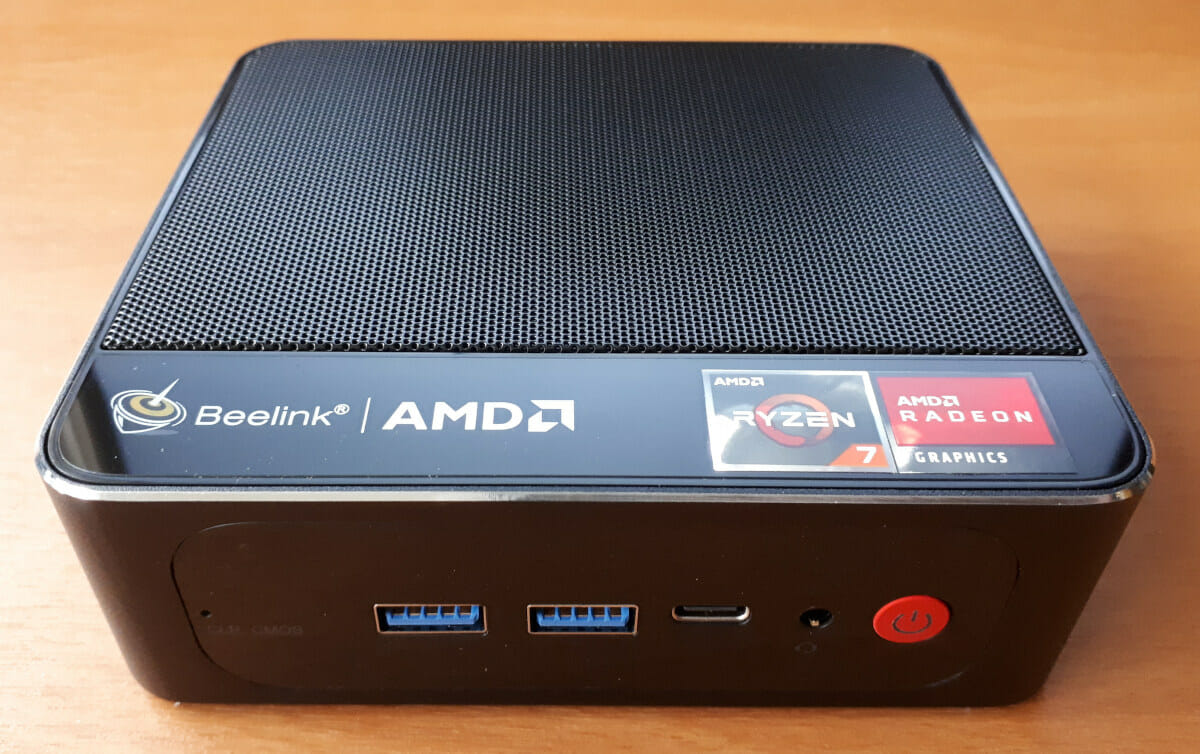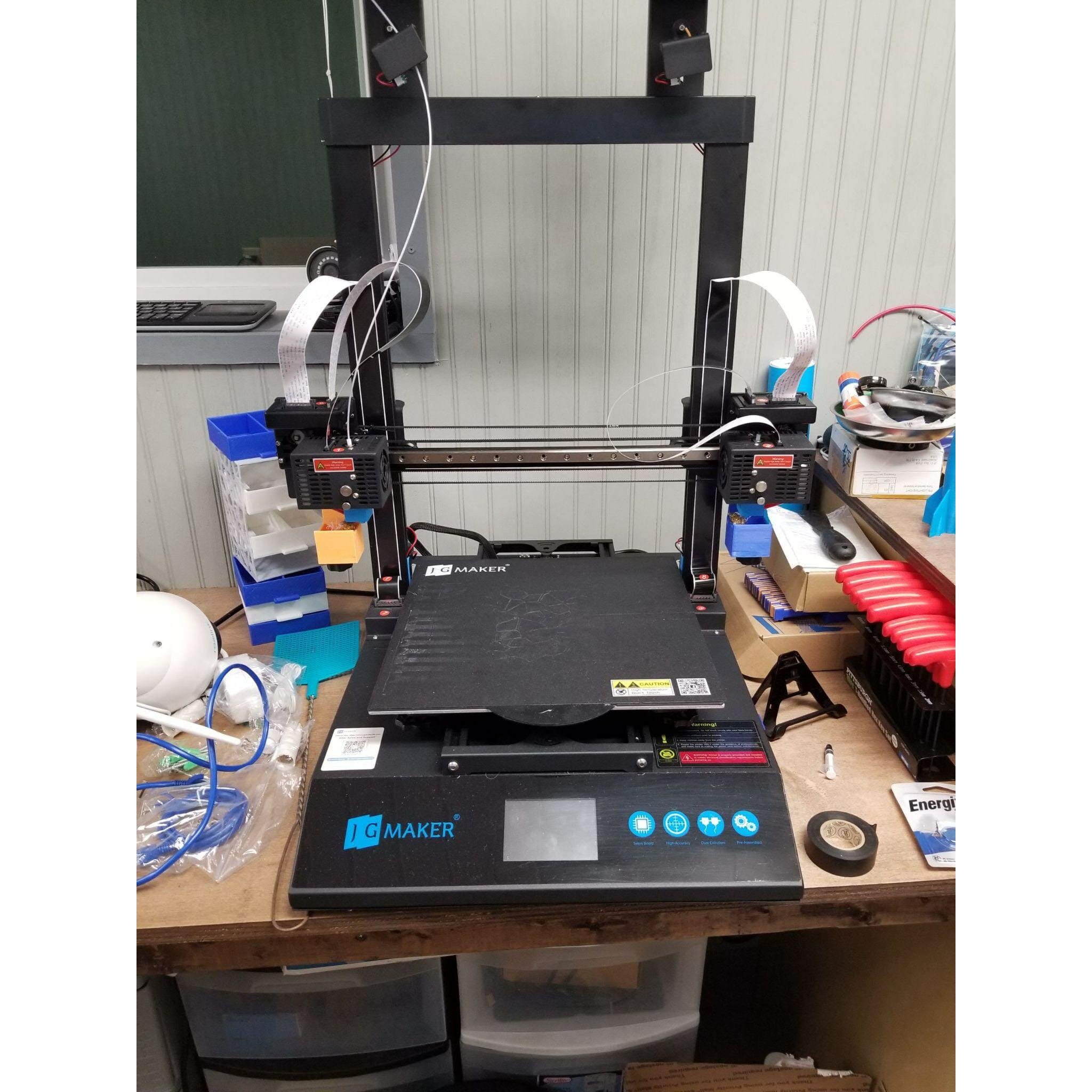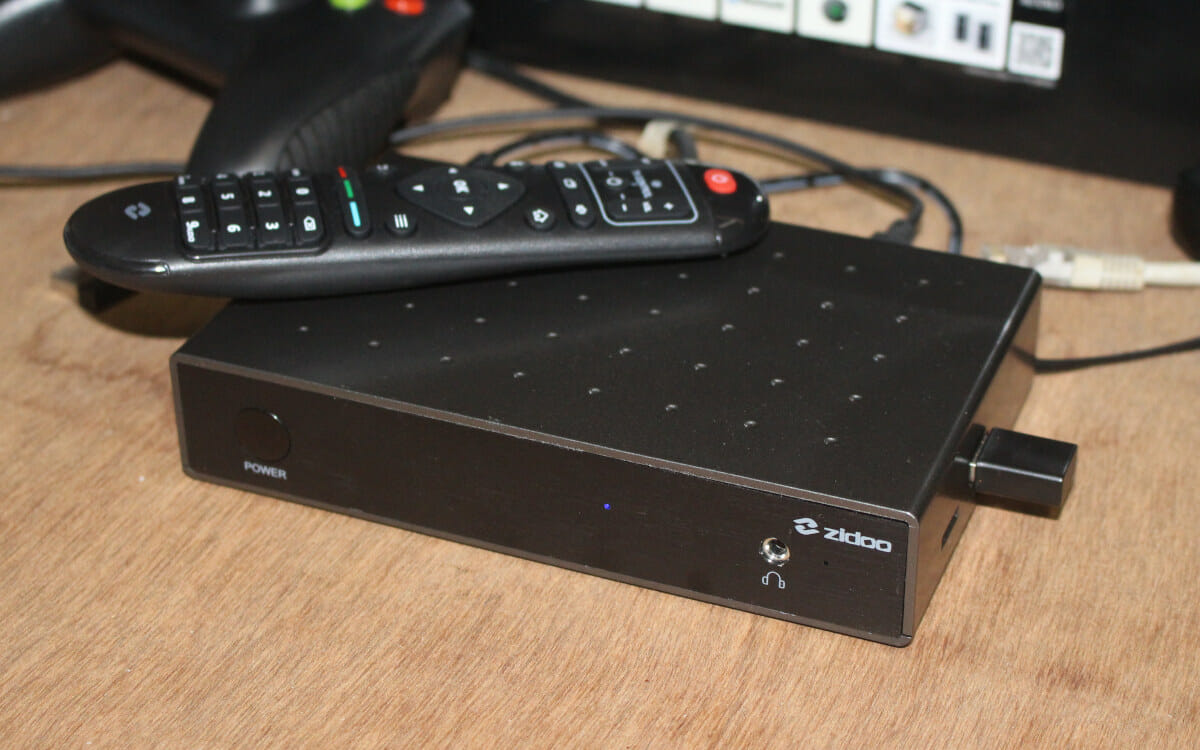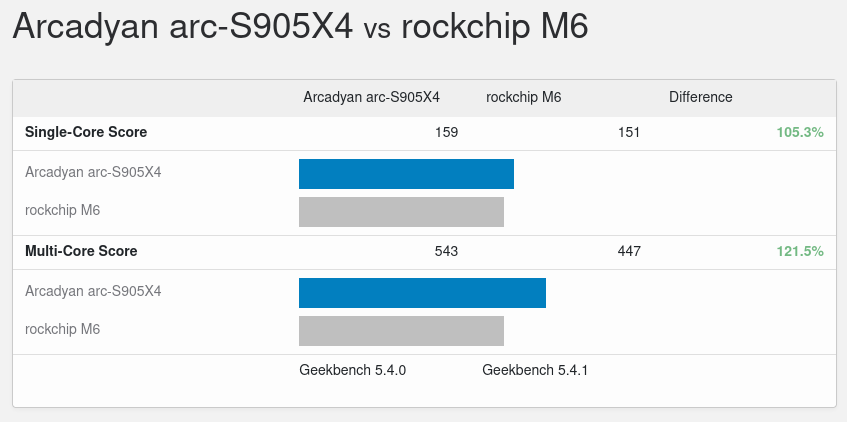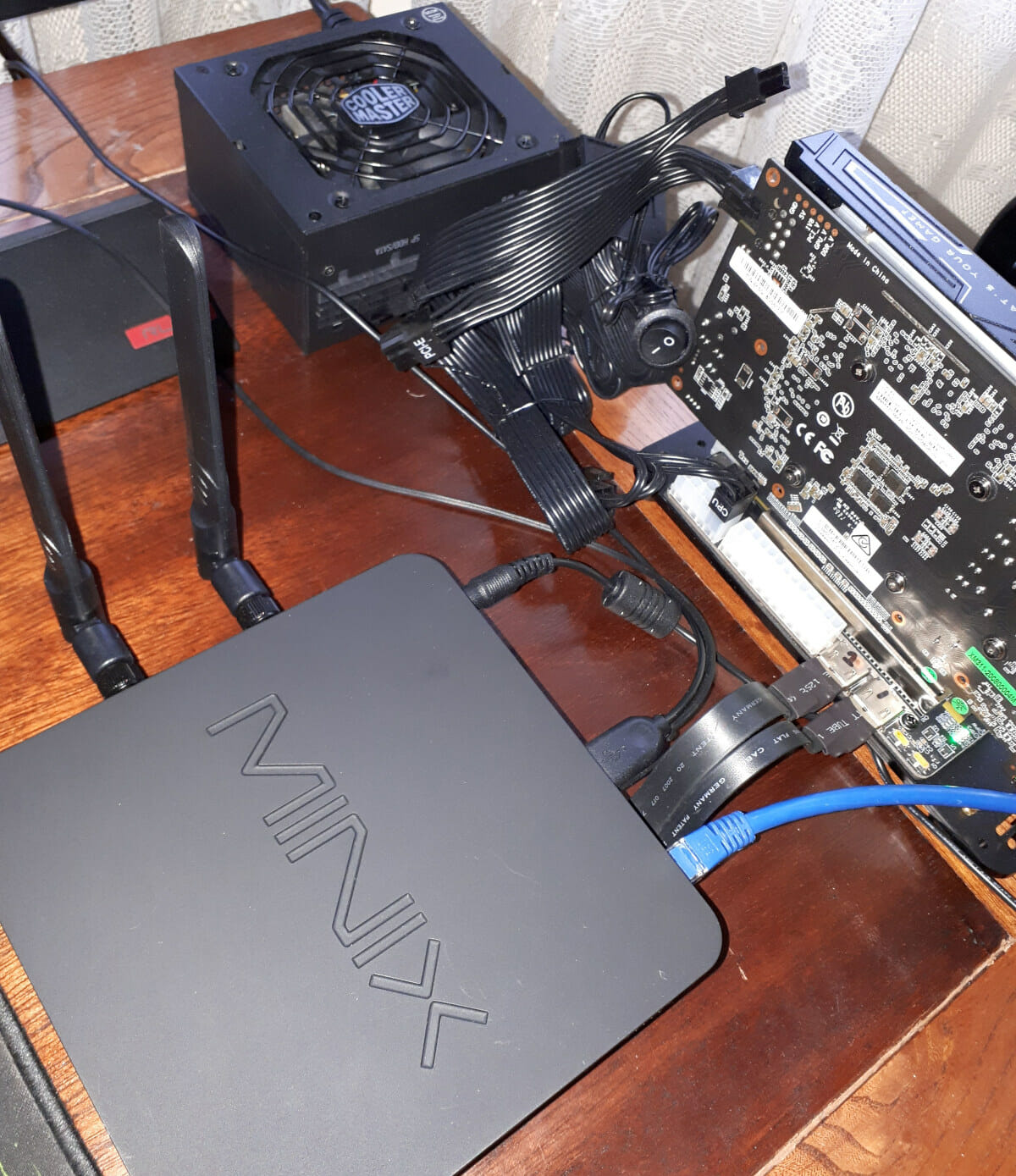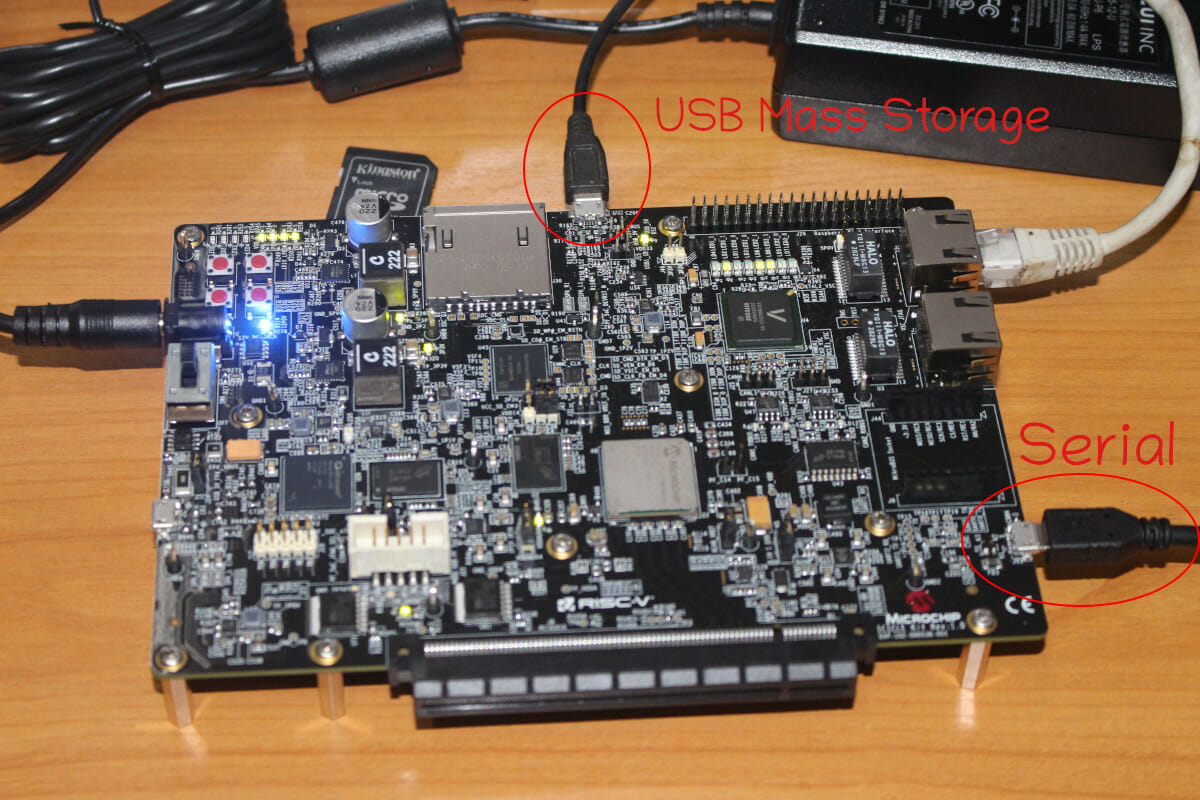The Raspberry Pi Foundation launched the Raspberry Pi Zero 2 W board yesterday with the main difference against Raspberry Pi Zero W board being the much faster Raspberry Pi RP3A0 SiP with a Broadcom quad-core Cortex-A53 processor clocked at 1.0 GHz and overclockable to 1.2 GHz. I received my sample shortly after publishing the announcement, and I had time to test it. Since the main difference is the processor, I’ll focus this review on benchmarks and whether additional cooling is required for the board. Raspberry Pi Zero 2 W kit unboxing If you purchase the board for $15, that’s all you’ll get, but Raspberry Pi Trading sent me a kit with Raspberry Pi Zero 2 W SBC, a USB OTG adapter, a mini HDMI to HDMI adapter, the CSI camera cable, and four rubber pad for the enclosure that comes with three covers: full, hole for 40-pin GPIO header, or […]
My experience installing Libero SoC in Ubuntu and Windows 10
A few weeks ago, I received Microchip PolarFire SoC FPGA Icicle Kit with FPGA fabric and hard RISC-V cores capable of handling Linux. I wrote “Getting Started with Yocto Linux BSP” tutorial for the board, and I had initially titled the current post “Getting Started with FPGA development using Libero SoC and Polarfire FPGA SoC”. I assumed I would write one or two paragraphs about the installation process, and then show how to work with Libero SoC Design Suite to create an FPGA bitstream. But instead, I spent countless hours trying to install the development tools. So I’ll report my experience to let readers avoid some of the pitfalls, and hopefully save time. (Failing to) Install Libero SoC v2021.v2 on Ubuntu 20.04 If we go to the download page, we’ll see Libero SoC v2021.2 for Windows and Libero SoC v2021.2 for Linux. Since my computer is running Ubuntu 20.04, I decided […]
Beelink SER3 Review – A good AMD Ryzen 7 mini PC… after tweaks
Beelink has just launched a new mini PC called the SER3. It is another ‘new’ mini PC using an older CPU, in this case, an AMD mobile processor. However, the performance is surprisingly good once a few tweaks are made to the stock configuration. Beelink kindly sent one for review and I’ve looked at performance running both Windows and Ubuntu together with using an eGPU. Hardware Overview The SER3 physically consists of a 126 x 113 x 40mm (4.96 x 4.45 x 1.57 inches) square metal case. As an actively cooled mini PC, it uses AMD’s older 12 nm Zen+ Ryzen 7 3750H Picasso processor which is a quad-core 8-thread 2.3 GHz mobile processor boosting to 4.0 GHz with Radeon RX Vega 10 Graphics. The front panel has an illuminated power button, dual USB 3.0 ports, a Type-C USB 3.0 port with Alternate Mode, a 3.5mm headphone jack, and a […]
JGMaker Artist-D Pro Review – An IDEX 3D printer
Hey, Karl here for a new 3D printer review. Today we are going to look at the JGMaker Artist-D Pro. The Artist-D Pro is the successor to the non-pro version which debuted on Kickstarter and is an IDEX printer. IDEX is short for independent dual extruders and is a fancy way to say it has 2 complete hotend assemblies. From my perspective, the Artist-D was introduced with a lot of fanfare. I had several buddies back the original on Kickstarter and they seemed happy with it. But I didn’t see much value in it. I was thinking this was going to be just another printer that can print 2 different filaments. I have reviewed printers that had similar capabilities with one key difference being that they shared some common components. BUT…I quickly realized one aspect no one is talking about is speed during production runs. Unboxing, build, and calibration The […]
Zidoo M6 preview with Android 11
I’ve now had more time to play with Zidoo M6 Arm mini PC powered by a Rockchip RK3566 quad-core Cortex-A55 processor. I intended to review the device with Ubuntu, but I misunderstood, and Android 11 was pre-installed on the device. I was also told since this model is mainly for industrial control, I might want to focus on performance and connectors rather than how well all functions work. So this will not be a review, but rather a preview of Zidoo M6, since as we’ll see below there’s still more work do to fix all issues. As an industrial platform. some features like Google Services may not be needed or even desirable. First boot and Settings I’ve connected a USB keyboard for screenshots, MINIX NEO A2 Lite air mouse, an HDMI cable to my 4K TV, and the power supply to get started. I also add two AAA batteries to […]
Rockchip RK3566 Benchmarks in Android 11 (Zidoo M6)
I received Zidoo M6 last month, a mini PC based on Rockchip RK3566 quad-core Cortex-A55 processor. I initially understood it came with Ubuntu Linux, but actually, it came pre-loaded with Android 11, so I’ve decided to run some benchmarks on the RK3566 device to see how it performs compared to other Arm systems Zidoo M6 system info But before running benchmarks, let’s have a look at some system info with CPU-Z CPU-Z has never heard about RK3566, so it detects it as RK3066, but the rest of the information seems correct with a quad-core Cortex-A55 clocked between 400 MHz and 1.8 GHz, an Arm Mali-G52 GPU, 3775KB RAM, and 24.12 GB internal storage from the 32GB flash. The system runs Android 11 on top of Linux 4.19 which will be supported until December 2024. I can set the video output to 4K, but the UI is still limited to 1920×1080 […]
MINIX NGC-5 Review – Windows 10, Ubuntu 20.04, and external GPU
MINIX has just launched a new mini PC in their NGC range called the NGC-5. Although it uses a somewhat dated Intel eighth-generation Core i5 processor, the integrated Iris Plus Graphics 655 is notable for being one of the more powerful iGPU solutions. MINIX kindly sent one for review and I’ve looked at performance running both Windows and Ubuntu together with using an eGPU. Hardware Overview The NGC-5 physically consists of a 153 x 153 x 43mm (6.02 x 6.02 x 1.57 inches) square plastic case. As an actively cooled mini PC, it uses Intel’s older 14 nm++ Core i5-8279U Coffee Lake processor which is a quad-core 8-thread 2.40 GHz processor boosting to 4.10 GHz with Intel’s Iris Plus Graphics 655. The front panel has just a LED power indicator whereas the rear panel includes dual gigabit Ethernet ports, dual USB 3.1 ports, a DisplayPort 1.2, an HDMI 2.0a port, […]
Getting Started with the Yocto Linux BSP for Polarfire SoC FPGA Icicle Kit
Last month I received Microchip PolarFire SoC FPGA Icicle development kit that features PolarFire SoC FPGA with a Penta–core 64-bit RISC-V CPU subsystem and an FPGA with 254K LE, and booted it into the pre-installed Linux operating systems based on OpenEmbedded. Today, I’ll show how to get started with the Yocto BSP and run the EEMBC CoreMark benchmark, and I’ll check out the FPGA with Libero SoC Design Suite in a couple of weeks. Operating Systems supported by PolarFire SoC FPGA My initial idea was to focus this part of the review on Linux on RISC-V status, checking some system information, running some benchmarks (e.g. SBC-Bench), compiling the Linux kernel, and installing services like a LEMP stack (Linux, Nginx (pronounced Engine-X), MySQL, PHP) which could be used for WordPress hosting for instance. But then I looked at the operating systems supported with Microchip PolarFire SoC FPGA. There’s a Yocto Linux […]


